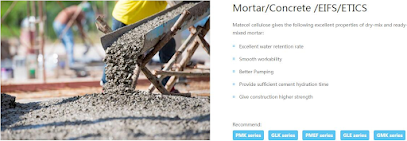Are double wire fences easy to install?
In the realm of property security and boundary delineation, double wire fences have emerged as a popular choice for homeowners and businesses alike. Renowned for their durability and effectiveness, these fences provide a robust barrier while also offering aesthetic appeal. One of the key considerations for anyone contemplating the installation of such a fence is the ease of the installation process. In this comprehensive guide, we delve into the intricacies of installing double wire fences, providing insights and tips for a seamless experience. Before delving into the installation process, it's imperative to grasp the fundamentals of double wire fences. These fencing mesh consist of two horizontal wires spaced apart with vertical wires welded between them at regular intervals. This design imparts strength and stability to the fence, making it suitable for various applications ranging from residential to commercial and industrial settings. Advantages of Dou...

